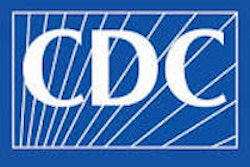Sunday, November 27 | 12:30 p.m.-1:00 p.m. | BR216-SD-SUA1 | Lakeside, BR Community, Station 1
Adding digital breast tomosynthesis (DBT) to mammography reduces recall rates while increasing cancer detection in women younger than 50, according to this Sunday afternoon poster presentation.A team led by Dr. Stephen Rose, chief medical officer of Solis Mammography and president of Rose Imaging Physicians Group, collected screening performance data between January and December 2015 from a network of community centers. The researchers evaluated data for women younger than 50 from 65,457 exams (45,320 mammography exams and 20,137 DBT plus mammography exams).
Recall rates were 115 per 1,000 women screened for mammography and 108 per 1,000 women screened when tomosynthesis was added, they found. Cancer detection rates were 2.1 per 1,000 women screened for mammography and 3.1 per 1,000 when tomosynthesis was added; invasive cancer detection rates went from 1.2 per 1,000 women screened with mammography alone to 1.8 when tomosynthesis was added, for a relative increase in invasive cancer detection of 67%. Finally, the positive predictive value for recall increased from 1.8% with mammography alone to 2.8% with tomosynthesis.
In an era when the benefits and harms of screening mammography continue to be debated, these findings "confirm that improvements observed with tomosynthesis screening in the general screening population are also observed for the subgroup of women under the age of 50," Rose and colleagues concluded.



















